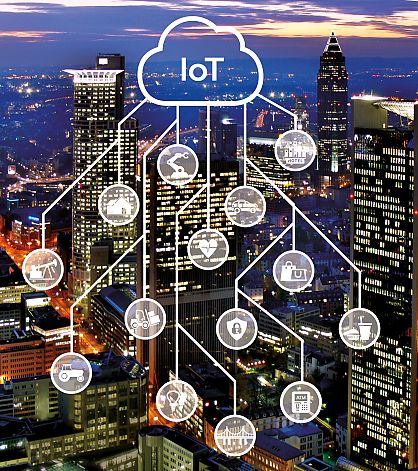A key responsibility of government is to keep its citizens protected and to make them feel safe. This can be accomplished on three levels: (1) Civilian empowerment, (2) Law enforcement and public safety and security, (3) Defence and Military.
Light technologies will provide a crucial advantage to the defence sector: photonics offers essential enabling technology solutions to all tasks related to the acquisition, transmission, handling, storing, processing and displaying of data, allowing people and organisations to utilise their resources to full effect. This is particularly true once photonics-enabled quantum-computing technology will become a practical reality.

The flow of information proceeds in four steps:
- Information acquisition through appropriate sensing
- Information transmission, most often through secure channels
- Information processing, in the future probably exploiting quantum effects
- Information display, taking into account also the human factors
Our society has embarked on an unprecedented path: the 'Fourth Industrial Revolution', epitomised by the Internet of Things (IoT) transformation. Machines will sense, operate, decide and communicate without our intervention, becoming truly autonomous. This is also true for space and defence markets, where smart, connected and autonomous systems are seen as one of the dominant fields of the future.
By 2022, many expect pressure sensors, temperature sensors and photodetectors to account for almost 80% of all globally enabled IoT sensors. Surprisingly, photodetectors are predicted to contribute only 17.3%. Although the IoT market may dominate the sensing field, there are other markets where products make use of embedded-sensor systems. Smartphones and tablets, for example, are the main drivers for the global image sensor market, which is expected to reach $24.8b by 2023, growing at a CAGR of 9.75% between 2017 and 2023. These numbers illustrate the differences that arise when markets are analysed in terms of pieces sold or in terms of turnover, whereby high-volume applications will not necessarily gene¬rate the highest revenues.
In conclusion, photonics is a fundamental enabling technology, powering IoT applications in all markets, especially those relating to Safety, Security, Space and Defence. Since "EU research funding is aimed mainly at civilian objectives" and "the civilian EU programme for research and innovation ... has been opened more widely to 'dual-use' projects", photonics-empowered IoT devices are the perfect vehicle for dual-use technologies with an enormous impact on almost any kind of civilian or non-civilian application. As a consequence, our work group roadmap focusses on photonics-empowered, auton¬omous and resilient dual-use IoT microsystems.
Further information
The detailed Photonics21 Work Group Safety, Security, Space & Defence photonics research and innovation priorities are outlined in the Photonics Strategic Research and Innovation Agenda.
The Work Group Safety, Security, Space & Defence further has a dedicated section in the Photonics21 member area.
